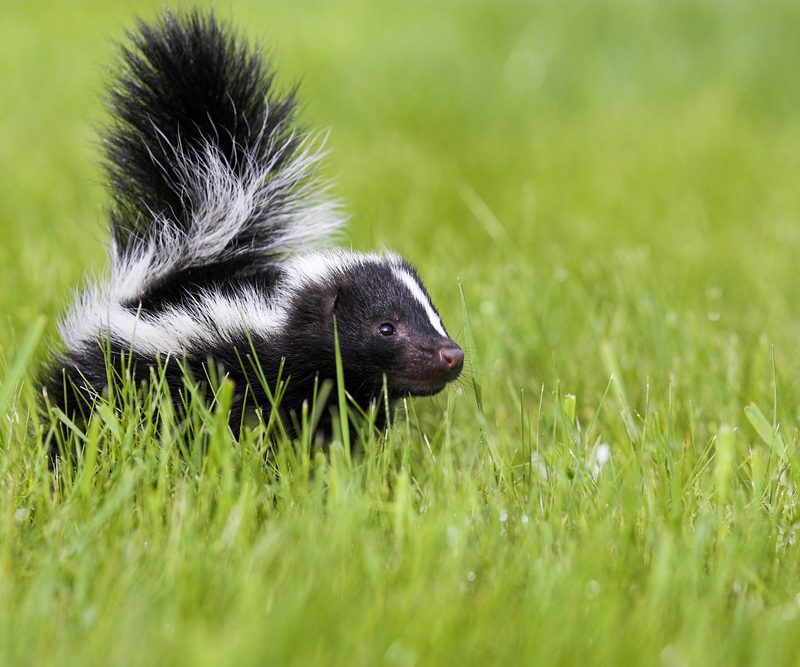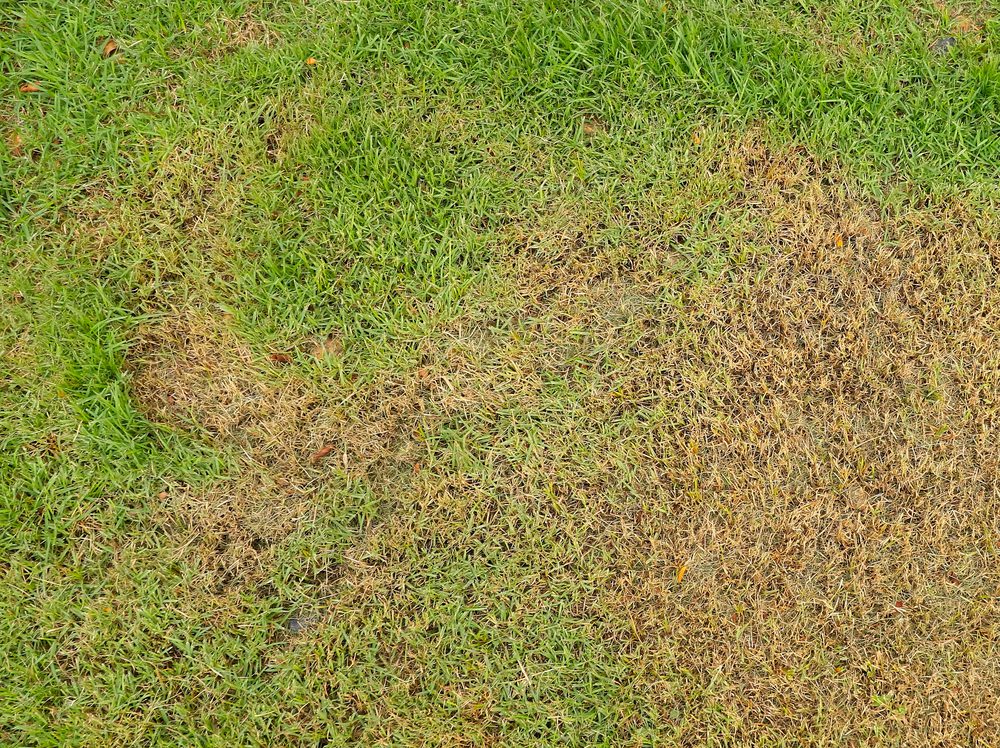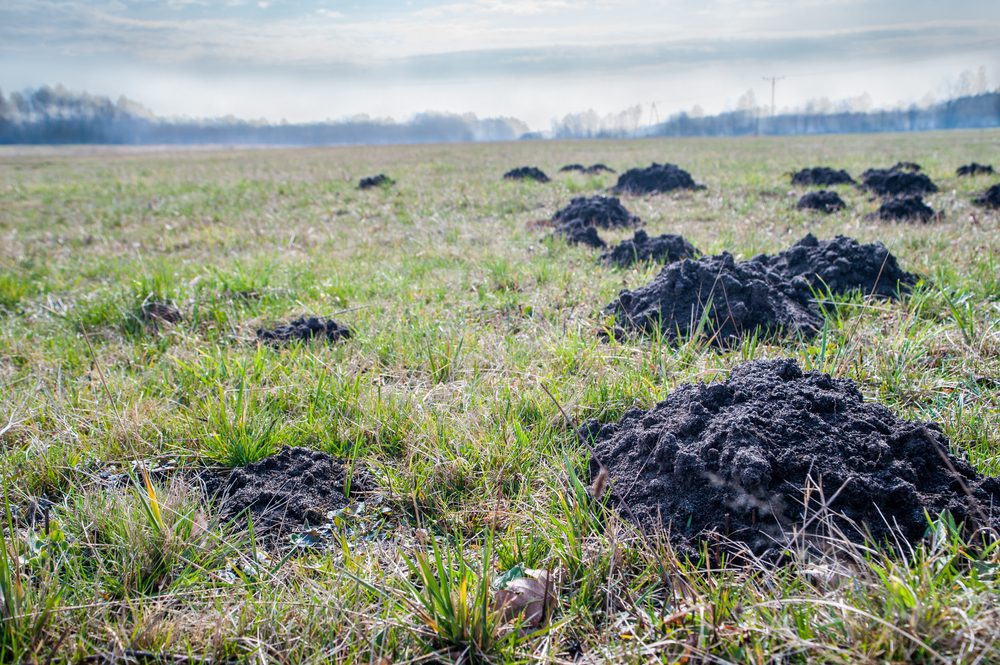HOMETURF 2023 FEEDBACK CONTEST
OFFICIAL CONTEST RULES
[April 1, 2023 – Sept 30, 2023]
By entering this Contest, the entrants and participants automatically agree to accept and abide by these Official Contest Rules. All decisions of the Contest Sponsor with respect to any aspect of this Contest, including without limitation the eligibility of entries, are final and binding on all entrants in all matters as they relate to this Contest.
1. Contest Sponsor. The contest sponsor is Hometurf Lawn Care Inc. (the “Contest Sponsor”).
2. Contest Period. The HOMETURF 2023 FEEDBACK CONTEST (the “Contest”) begins at 12:01 a.m. Eastern Standard Time on April 1, 2023, and ends at 11:59 p.m. Eastern Daylight Time on Sept 30, 2023 (the “Contest Period”).
3. Eligibility. To be eligible, you must: (1) be a legal resident of Canada excluding Quebec; (2) be of the legal age of majority in that province at the time of entry into the Contest and (3) be an active Hometurf Customer in the 2023 season (4) submitted feedback to www.hometurf.ca/feedback/.
You are not eligible if you are: (1) an employee of a Contest Sponsor, its affiliates (including parent, sister and subsidiary companies), or other party in any way involved in the development or administration of this Contest, including advertising and promotional agencies, public relations agencies, suppliers of materials or services or prizes related to the Contest, or a member of the immediate family (spouse, parents, siblings and children, regardless of where they reside) or household member of any such employee, or (2) a winner of a Hometurf Lawn Care Inc. contest within the three (3) months preceding the start of this Contest (including persons designated by such winners to take ownership of prize) and persons domiciled with such a winner. Groups, associations and entities cannot participate.
4. How to Enter. 1. Visit www.hometurf.ca/feedback/ 2. Enter your customer number and confirm your address 3. Answer the two questions: “how likely are you to refer Hometurf to a friend or colleague?”, and “were you satisfied with your most recent Hometurf application?” 4. Add any notes that will help provide additional context to your answers 5. Click submit at the bottom of the page
5. Identity of Entrant. In the event of a dispute over the identity of an online entrant, entry will be deemed submitted by the authorized holder of the email account, as assigned by the internet access provider, online service provider, or other organization (e.g. business, educational institution, etc.) responsible for assigning email addresses for the domain associated with the submitted email address.
6. Prizes. The winning prize of a Ooni pizza oven with an approximate retail value of $449.00 CDN value will be awarded to one (1) contest winner.
Prize must be accepted as awarded, without substitution, transfer, exchange or assignment. Prize is not non-refundable, not convertible to cash, except in the Contest Sponsor’s sole discretion.
Contest Sponsor may substitute a prize of equal or greater value (based on the approximate retail value of the prize as stated in these Official Contest Rules), including without limitation, a cash award, if the prize or prize component cannot be awarded as described for any reason. Prize winner is solely responsible for all costs not expressly described herein.
7. Random Draws and Winner Confirmation.
Random Draw. A random draw for the Prizes will be held on or about October 2nd, 2023 in Mississauga, Ontario, from all eligible entries received throughout the entire Contest Period. Odds of winning depend on the total number of eligible entries received during the Contest Period.
Winner Confirmation. The selected entrant will be notified by email within two (2) business days of the draw. To be confirmed the winner, the selected entrant must (a) respond to the email and/or telephone notification within two (2) business days of it being sent, (b) correctly answer, without assistance of any kind, a time-limited, mathematical skill-testing question; and (c) complete, execute and return a Full Release of Liability, Consent to Publicity & Indemnity Form (“Form”) within five (5) business days. Proof of identification must be provided upon request. If any selected entrant cannot be contacted and confirmed the winner as above, at Contest Sponsor’s sole and absolute discretion, his/her entitlement to receive a Prize may be forfeited, and prize may be awarded to an alternate eligible entrant.
8. Conduct. By participating in the Contest, you acknowledge that you have read and understood these Official Contest Rules and agree to abide and be bound by them and all decisions of Contest Sponsor, which shall be final and binding, without right of appeal, in all matters relating to this Contest and the awarding of prizes.
The Contest Sponsor reserves the right, in its sole and absolute discretion, to disqualify any entrant that it finds to be: (a) violating the Official Contest Rules; (b) tampering or attempting to tamper with the entry process or the operation of the Contest; (c) acting in an unsportsmanlike or disruptive manner; or (d) attempting to undermine the legitimate operation of the Contest.
CAUTION: ANY ATTEMPT BY AN ENTRANT OR ANY OTHER INDIVIDUAL TO DELIBERATELY DAMAGE ANY WEBSITE ASSOCIATED WITH THIS CONTEST OR TO UNDERMINE THE LEGITIMATE OPERATION OF THIS CONTEST MAY BE A VIOLATION OF CRIMINAL AND/OR CIVIL LAWS. SHOULD ANY SUCH ATTEMPT BE MADE, CONTEST SPONSOR RESERVES THE RIGHT TO SEEK REMEDIES AND DAMAGES TO THE FULLEST EXTENT PERMITTED BY LAW, AND TO BAN OR DISQUALIFY AN ENTRANT FROM THIS AND FUTURE CONTESTS.
9. Release of Liability / Consent to Publicity. By entering the Contest, you: (i) confirm compliance with the Official Contest Rules; (ii) consent to the use of your name, city, comments, photographs, sobriquet, and/or other likenesses and all other indicia of personality, for publicity, general news, entertainment, advertising and informational purposes by Contest Sponsor and its parent, affiliated subsidiary and related companies, without further notice or compensation; and (iii) release Contest Sponsor, its affiliates (including, without limitation, any parent, sister and subsidiary companies), suppliers of materials or services related to the Contest and other parties in any way involved in the development or administration of this Contest (including advertising and promotional agencies, public relations agencies), and all of their respective employees, directors, officers, shareholders, agents, partners, licensees, successors and assigns (collectively the “Releasees”) from and against any and all manner of action, causes of action, suits, debts, covenants, contracts, claims, liabilities, demand or damages (including legal fees and expenses), of any nature or kind, arising out of, or in connection with your participation or attempted participation in the Contest and the awarding or use of a prize, including as set out below in the Limitation of Liability section.
10. Limitation of Liability Releasees do not assume any responsibility and each entrant releases Releasees from any and all claims, actions, damages, loss, injury, costs, demands and liabilities of whatever nature or kind arising in connection with the Contest and/or Prizes including, without limitation, the administration of the Contest, the selection and confirmation of winner, and the awarding and use of the prize.
Without limiting the generality of the forgoing, Releasees are not responsible for (i) the incorrect or inaccurate capture of entry information; (ii) late, lost, stolen, illegible, damaged, misdirected, mutilated, garbled or incomplete entries or entries that are altered or otherwise irregular, mechanically reproduced, submitted using robotic, automated, programmed, or through illicit means, included in a bulk-drop off, or contain false information, or do not conform with or satisfy any or all of the conditions of the Official Contest Rules, as determined by Contest Sponsor, in its sole and absolute discretion; (iii) any failure of, errors, or problems with websites associated with the Contest, including any website feature, howsoever caused, (iv) traffic congestion on the Internet and any postal delays, strikes or failures, (v) injury or damage to an entrant’s or any other person’s computer related to or resulting from participating in the Contest; (vi) any website functionality lost due to not having cookies enabled; (vii) any errors, omissions, incorrect or inaccurate information in any Contest-related materials howsoever caused; (viii) the security or privacy of information transmitted via computer networks or for breaches of privacy due to interference by third party computer “hackers” or otherwise.
11. This Contest will be run in accordance with these Official Contest Rules, subject to amendment by Contest Sponsor.
12. Contest Sponsor, in its sole and absolute discretion, reserves the right to modify or terminate the Contest and amend the Official Contest Rules at any time, without individual notice, and for any reason. In no event will more than the stated number of prizes be awarded.
13. All entries become the property of Contest Sponsor and none will be returned. No correspondence will be entered into except with selected entrants
14. This Contest is void where prohibited by law and is subject to all applicable laws and regulations. To the extent permitted by law, any dispute arising from this Contest will be determined according to the laws of the Province of Ontario, without reference to its conflict of law principles, and the entrants consent to the personal jurisdiction of the courts located in Mississauga, Ontario and agree that such courts have exclusive jurisdiction over all such disputes.
15. Contest Sponsor collects and uses entrants’ personal information for the purpose of administering this Contest. The winner’s name may be listed in Hometurf Lawn Care Inc. materials. Entrants will receive no marketing communications unless they consent. Please see Contest Sponsor’s Privacy Policy here: https://dev.hometurf.ca/privacy-policy/.
16. All intellectual property, including but not limited to trade-marks, trade names, logos, designs, promotional materials, web pages, source codes, drawings, illustrations, slogans and representations are owned by the Contest Sponsor and/or its affiliates and/or the prize suppliers. All rights are reserved. Unauthorized copying or use of any copyrighted material or intellectual property without the express written consent of its owner is strictly prohibited.



